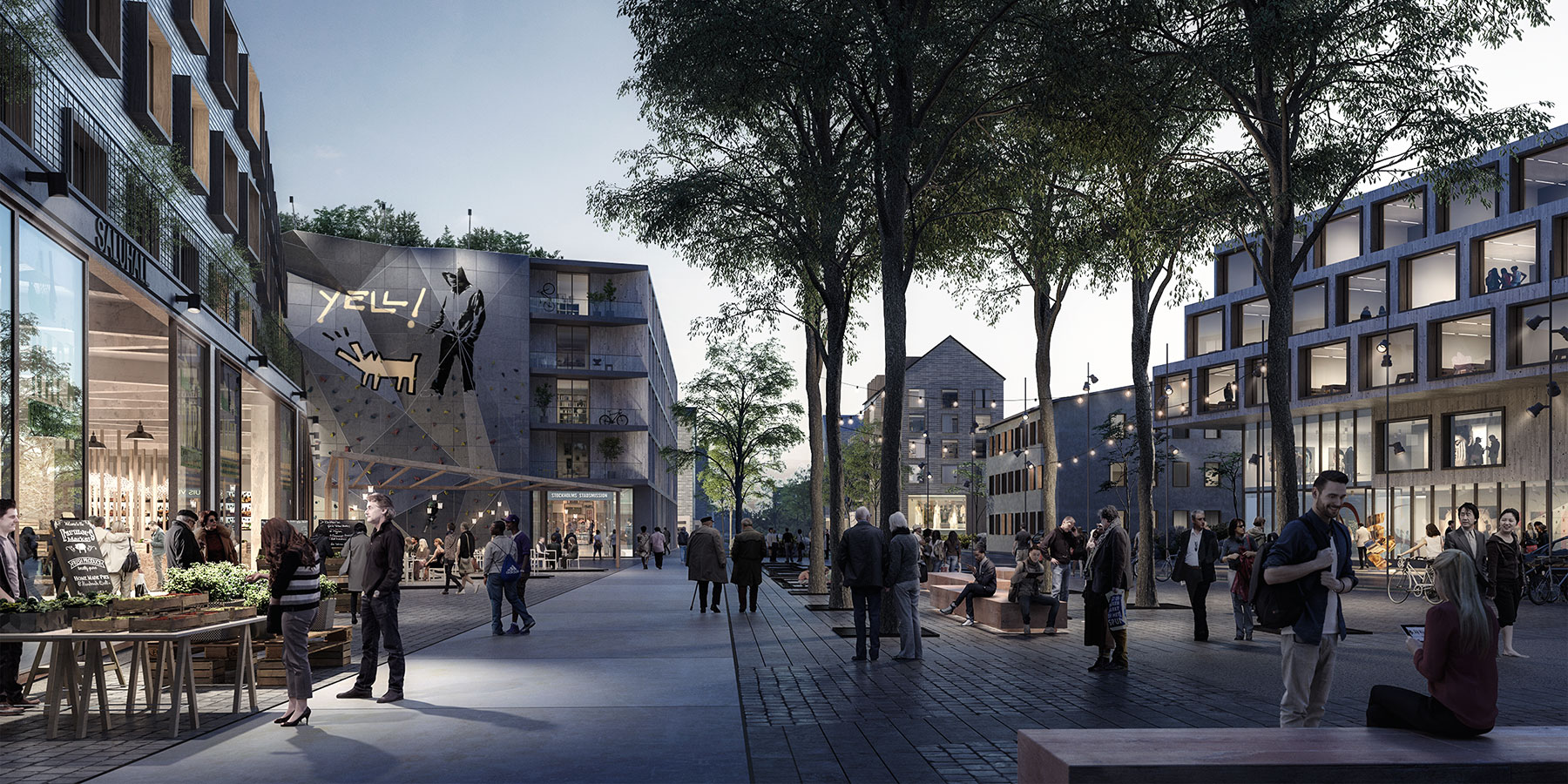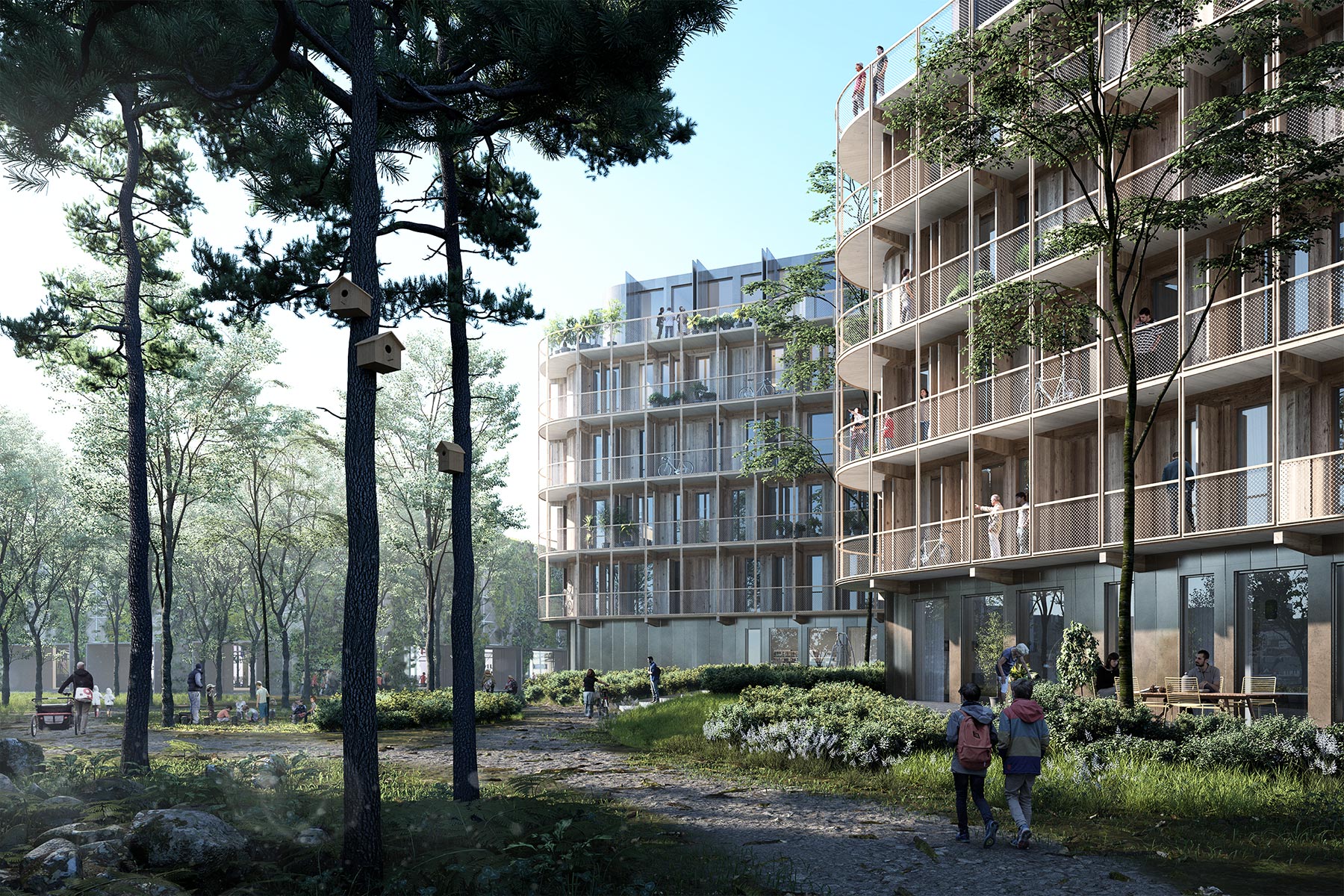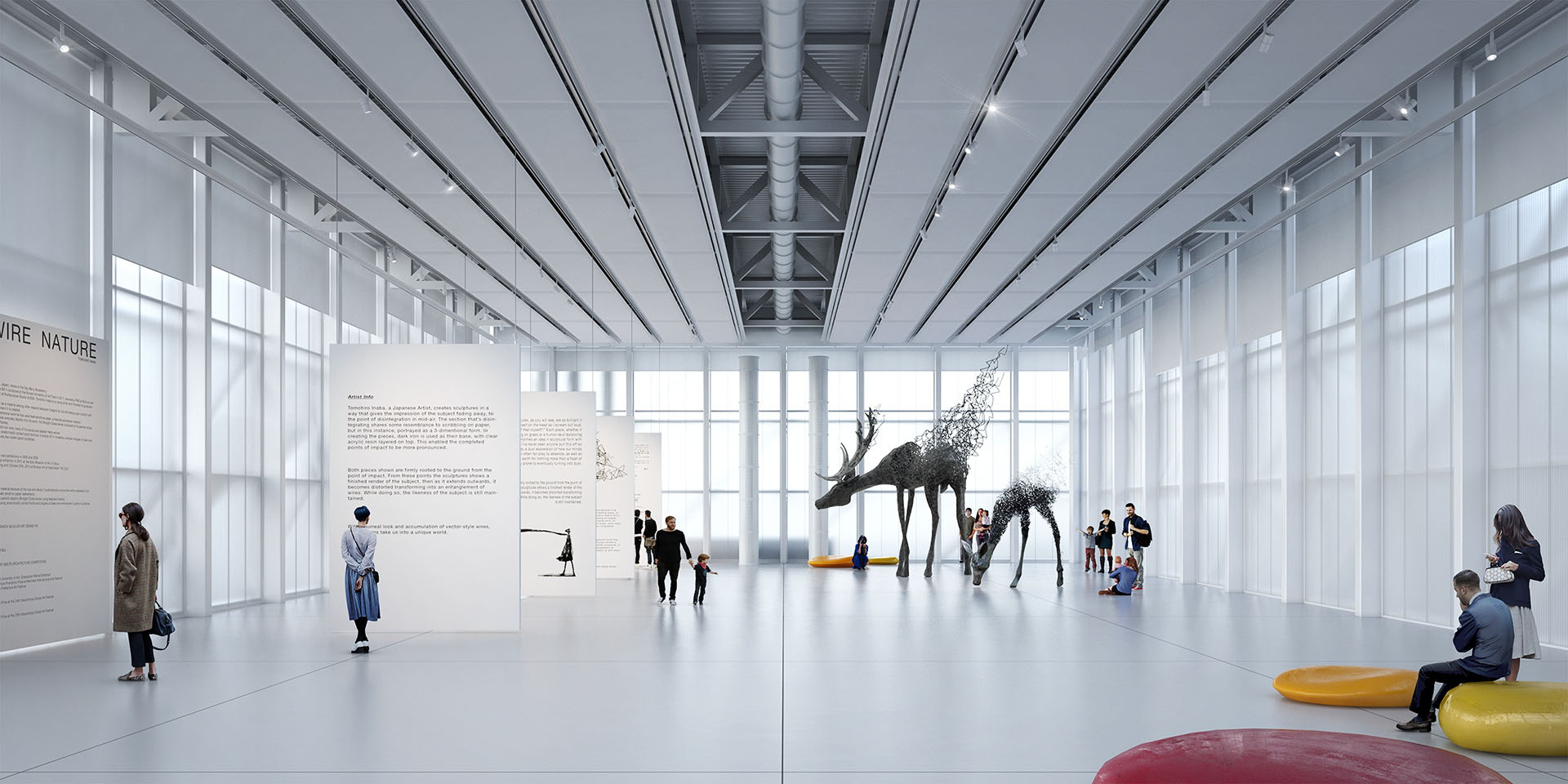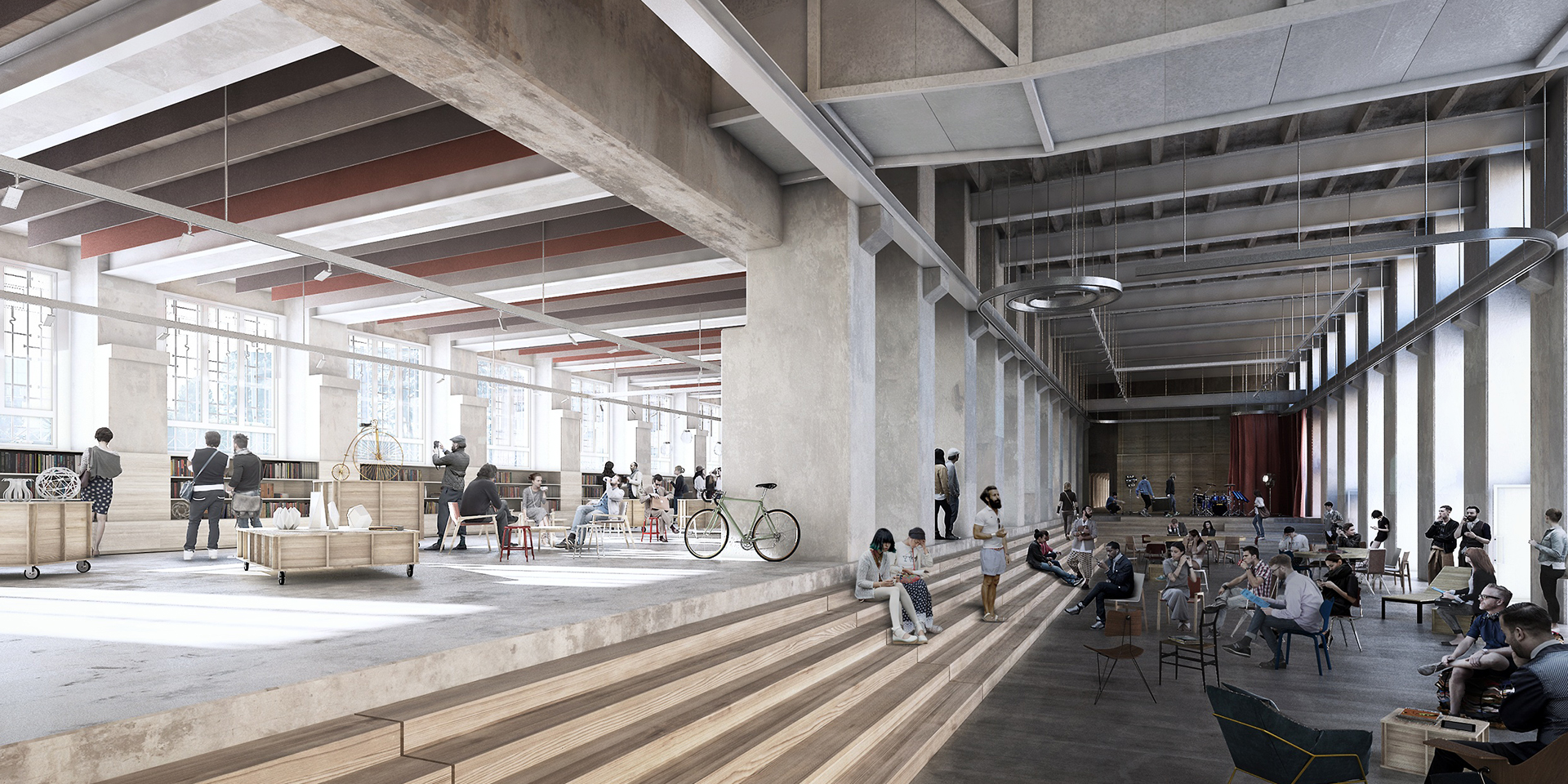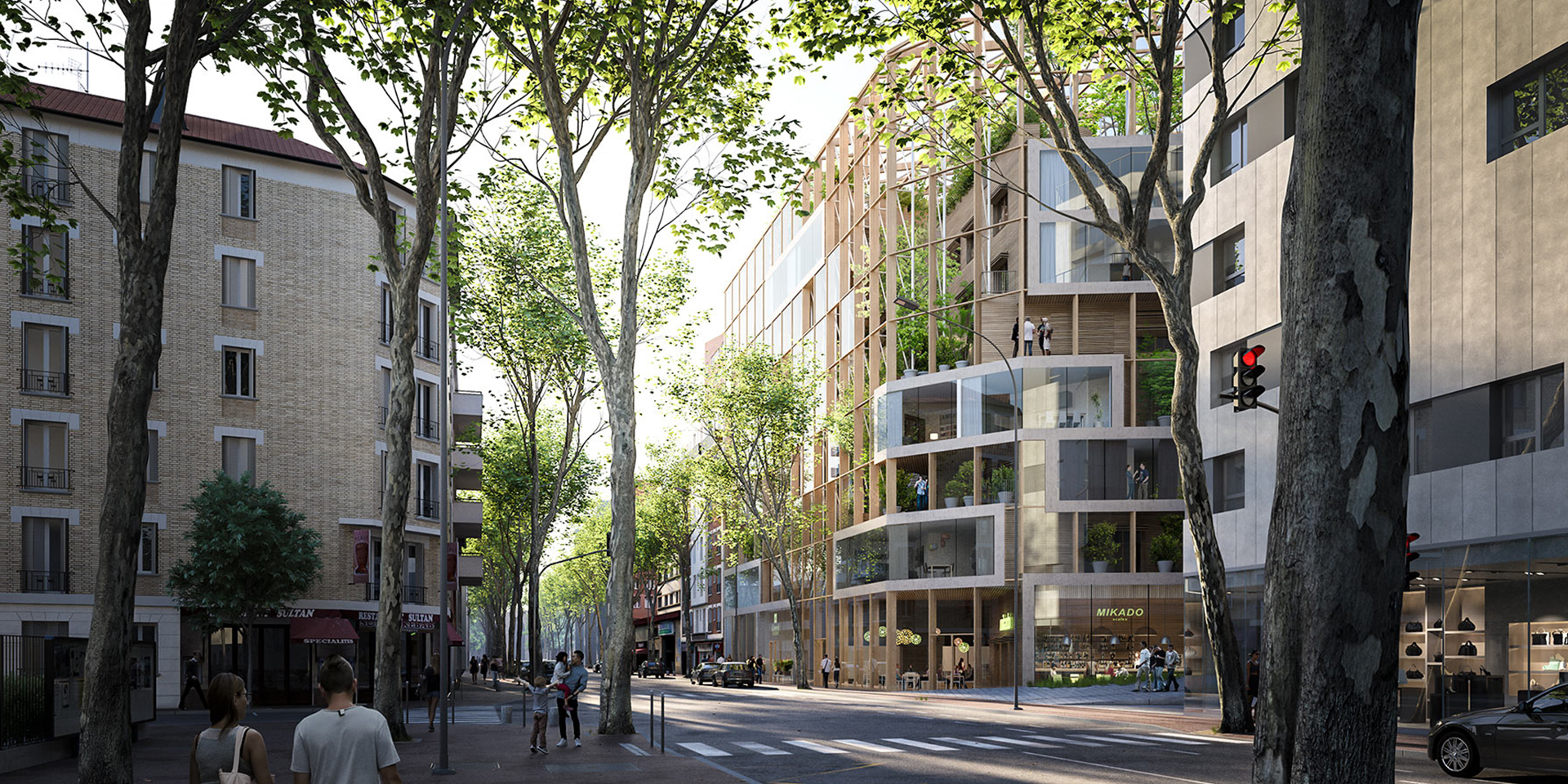Author:AXYZ DESIGN
Date:2019-02-21
INTERVIEW WITH ENGRAM STUDIOS
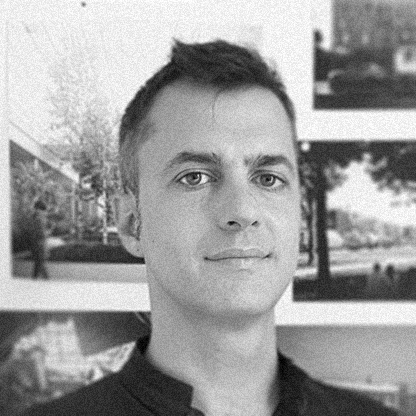
We are proud to present an interview with ENGRAM, a prestigious architectural visualization studio located near Bologna, Italy, with almost 30 years in the market.
1. Welcome Paolo. What can you tell us about your professional background and your studio?
Nice to talk to you again, Diego.
I am an architect passionate about the visual arts. I have always liked drawing and I am addicted to movies. Archviz was a natural consequence. I have been working as a freelancer for a while before I started working in professional teams. A few years later I founded Engram, which today turns ten years old!
2. Your studio is specialized in photo-realistic visualizations. What are the fundamentals to create your awesome work and distinguish from other artists?
Art direction is the main key, but also the workflow has a fundamental role. Differentiation can occur in many stages of the creation process. We try to achieve and maintain a smooth workflow thanks to a huge library of pre-made and customized resources that help us reduce the time of configuration. The intention is to have more available time to concentrate on the creative side. Besides, being a team of architects allows us to offer a service that goes beyond mere visualization.
Making a real difference is increasingly difficult. The average quality tends to be very high nowadays, and aesthetics is being standardized and globalized. However, for our part we are working on the experimentation of some stylistic concepts that we hope will bear fruit.
3. Where do you seek inspiration?
I try to look outside the Archviz. Some of our renders are the result of a creative process, contaminated by cinema, visual arts, music. Contemplating the world around us plays an important role in what we do.
...it's a creative process,
contaminated by cinema,
visual arts, music.
4. What are the most important characteristics to become a recognized artist according to you?
It is a combination of many elements, probably too many to summarize them here.
In any case, having a personal and authorial vision is essential.
Produce stylistically coherent images avoiding too many directions makes the perception of our artwork more solid, substantial. Even if each of the individual images we create are good singularly but they lack of a style that brings them together, to my notice, it is the demonstration of a lack of identity. Outside of the merely artistic, there is a social aspect, of participation to conventions and events, which also plays a key role.
Produce stylistically coherent images
avoiding too many directions makes the perception
of our artwork more solid, substantial.
5. Do you have any tips for someone who might be interested in starting archviz?
Do something different! (I'm kidding).
Nowadays, improving and obtaining correct results, within a good standard, is quite easy given the amount of information available to everyone: 3d models, tutorials, software and much more. The most difficult thing is to become a recognized and recognizable author. The "good images" are appearing everywhere at ridiculous prices and soon this will not be enough. My best suggestion is to learn the tools and techniques, but in parallel, try to get inspiration by looking in all possible directions. This is the only factor that will matter in our market in a very short time.
Obtaining solid art direction capabilities is simply the result of what you know and how you mix it in your mind. It is not something that can simply be "learned". Movies, music, comics, books, science, travel, sports, culinary culture and wine feed your mind! Gather the underlying principles of all this and you will get a powerful plasma to work with.
6. In most of the architectural photography we can find in magazines and books, spaces are usually empty. When you consider adding human figures is important for your images? Why?
I do not like the crowds, I tend to have a minimalist approach as much as possible. However, outside of this rule, I find that people can give a great sense of scale, depth, and can help a lot in the composition of the image. In addition, they play a leading role in the “storytelling”. Finding how many, where and what people to put to get a perfect balance, is not a trivial task.
7. How does a high quality asset, like a 3d people, impact the visualization?
3d people are now up to a level where you cannot distinguish them from photos. In many cases 3d people are a “lifesaver”. For example, odd camera angles and peculiar lighting conditions would require a lot of effort, cut-out operations and fine tuning to reach our goal.
8. In which images did 3d people take a fundamental role? Please share some.
I can bring the example of a work we did recently for MVRDV. One shot is top-down so getting cutout people with proper angles and getting them casting correct shadows would have required a lot of work.
In another camera shot we have coffee tables. For this situations, we have dozen of presets such as shops, coffees and restaurants, ready to load with 3d people already in place.
Without 3D people we would be forced to add cut-out people manually on each chair and make them interact properly with the lighting and objects in the scene, using a tedious masking process. Spending time on this kind of tasks has no sense so 3d people are great to simplify this workflow. When I need a particular person in the story my image is telling, I can always replace those one or two people that matter.
9. Archviz used to be very static. Do you notice a growing demand for animations?
Do you think real-time applications like Unreal or Unity can be game-changers?
Animation has always been a highly-demanded product. The development costs are changing due to real-time software and new hardware available for the Archviz industry. These new tools are creating new possibilities for our market and a growing demand of VR and Real-time services.
10. How useful has our products and specially anima be to create 3d people crowds for your projects?
We use a lot of 3D people from AXYZ. Even in cases where ideally we would need custom 3d humans, we add them in the specific areas of the image in order replace them in a second step with 2D people mimicking lighting and hue.
anima® has changed the way we make movies. Before, animating 3D people with motion capture was one of the most difficult tasks. Now we can get animated 3d people for a video sequence in a couple of hours!
11. What other tools would you consider indispensable for your work?
Just out of curiosity, what tool that does not yet exist, would you like it was created to improve your work?
Artificial intelligence able to solve the most basic tasks is on top of my wishlist. Something like a "Machine-Learning Cortana" which becomes smarter as I talk to it:
"Hi Cortana, can you see this photo? Well, please create a similar ecosystem for this ground” or something like “Please fill this Stadium with Barcelona fans."
It may seem like a joke, and somehow it is, but we are probably not far away for this to happen. Besides, anything that can move me away from technicalities and can allow me to concentrate on the creative side of my work is wellcome.
Artificial intelligence able to solve
the most basic tasks is on top of my wishlist.
12. What is your fear, of any, and the biggest excitement about architectural visualization?
Losing the energy to keep pace with the market is the biggest risk to a 46-year-old dinosaur like me.
Someday, an AI will automate many of the manual processes we do today in our profession. Some of our colleagues will reach a point where a lot of what they do will be done by an AI. At that point, and I don't want to seem arrogant, the only survivors will be those who have invested time and dedication to create an authored work.
13. What major trends do you see in archviz?
I see some revolutionary changes in our market. Archviz has been dominated by very few applications and 3d engines during the last twenty years. In recent times, new and better alternatives are emerging. Take Blender and Unreal, for example. A few steps and these new players will change the software market scene.
I love this! I have always been a rebel against standards. You know ... I've grown up using Lightwave 3d and even today it's still my main tool.
Let us not forget about the aforementioned technologies Real-time and AI / machine learning.
14. Are there any future projects you can tell us about?
Guess what? We plan to put our hands in real time soon! We also plan to start teaching 3d training courses in-house!
15. Are you going to be around at D2, SOA or any other 3d conference this year? It would be good to see you again... I owe you a beer!
Depending on the deadlines of the projects in progress, I plan to participate in as many conferences as I can, it is always a pleasure. And ... you're not going to escape from that beer!
MAIN OFFICE:
Engram s.r.l. Via Cavour 11
08013 FAENZA - ITALY
WEBSITE:
These images have been done using anima® PRO and metropoly® Ready-Posed 3d people models:
